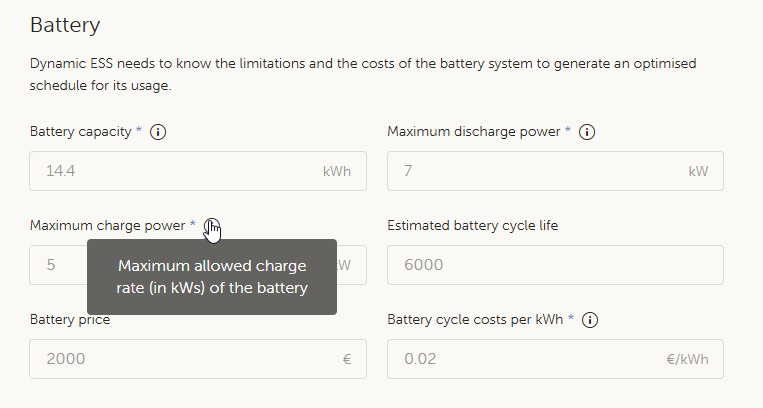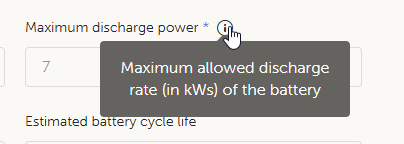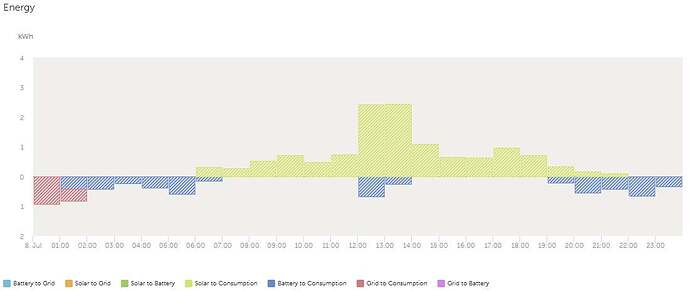After strugling myself with DESS, I finally found (like many others) that an ESS config with minimum SOCs depending on the hour daily, is much more efficient per month that the dumb DESS (at least with a fixed-price per hour daily, with three price periods).
I only hope that this post encourages VICTRON developers on this matter; It will make a real difference with the competition systems if it is fixed, althought I undestand that the only limitations on the correct calculations are the limited system CPU capabilities, but there are still intermediate options that can cope with this limitations, doing a much better work.
Summarizing a lot, Victron’s Dynamic Energy Storage System (DESS) algorithm frequently exhibits counter-intuitive and economically irrational behavior, leading to significant user frustration, as you can see in this forum. This summary outlines the core failures identified in user forums and proposes a robust architectural framework to address them.
Part I: Key Operational Failures
The most common issues reported by users are symptoms of deeper flaws in the DESS control logic:
- Unnecessary Grid Imports: The system often buys expensive energy from the grid even when free solar power is available. This is caused by a rigid adherence to pre-calculated hourly State of Charge (SOC) targets, which the algorithm prioritizes over the more logical and economical use of available solar energy.
- Inneficient Import and Export calculations: DESS has been observed exporting battery power to the grid when the price is cheap while importing grid power to cover household loads at costly hours (to cope with the calculated SOC by hour). This inefficiency stems from a simplistic control architecture where the export command is a fixed power value, not a dynamic target for the “net grid position”.
- Risky Charging Strategy: The system often delays charging the battery from solar power until late in the afternoon. This “procrastination” is a high-risk strategy that relies on a perfect weather forecast; if clouds appear, the user is forced to buy expensive peak-time energy to meet evening needs.
- The “Tyranny” of the Hourly Target: The strict, hour-by-hour focus forces illogical decisions. The system will buy from the grid just to meet an hourly SOC target or export valuable energy if a target is met too early. This shows the system is solving 24 independent one-hour problems rather than a single, cohesive 24-hour optimization.
Part II: The Central Problem: Deterministic Planning in an Uncertain World
The root cause of these failures is that the DESS mathematical algorithm is deterministic and fragile. It relies on a single forecast for solar production and energy consumption as if it were a certainty. When reality deviates from the forecast, the system’s behavior becomes illogical.
Part III: Proposed Solution: A Modern Control Architecture
To fix these fundamental issues, a shift to a state-of-the-art control architecture is recommended, based on proven engineering principles.
- Adopt a Two-Level Control Architecture: Separate strategic planning from real-time execution.
- Level 1: Strategic Day-Ahead Planner: This high-level module runs once a day to create an optimal 24-hour “target trajectory” for battery SOC and net grid exchange, based on price, solar, and load forecasts.
- Level 2: Real-Time Tactical Dispatcher: This low-level controller runs every few minutes. It uses the strategic plan as a guide but makes constant, small adjustments based on actual, real-time measurements of solar production and load. This structure inherently solves the simultaneous import/export problem and provides the flexibility to deviate from hourly targets when it is opportune to do so.
- Implement a Model Predictive Control (MPC) Engine: MPC is the industry-standard framework for solving such complex, constrained optimization problems. It uses a “receding horizon” to constantly re-plan, making it robust to disturbances.
- Redefine the Objective Function: The MPC’s goal should be to minimize a comprehensive cost function that includes:
- Grid Energy Cost: The direct financial cost of buying and selling electricity.
- Deviation Penalties: Soft penalties to keep the system generally aligned with the strategic plan without being rigid.
- Take into account the battery degradation; cycles are not free (I am not sure if now it is really taken into account).
- Manage Uncertainty: Move beyond deterministic forecasts to “Stochastic or Robust MPC”. These advanced methods optimize for a range of probable outcomes or a worst-case scenario, leading to more conservative and reliable decisions. This could be exposed to the user as a simple “Risk Tolerance” slider, replacing the crude “Trade” vs. “Green” mode switch.
By moving from a simple, rule-based system to a robust, two-level MPC architecture, Victron can transform DESS from a source of user frustration into a truly intelligent, reliable, and market-leading energy management system.
Thanks for reading. Written with the investigation help of AI Gemini 2.5 Pro. More details to the complete analysis here: Tecnología para un progreso sostenible: Un Plan Arquitectónico para la Próxima Generación del Dynamic ESS de Victron: De Fallos Heurísticos a Optimización Robusta







